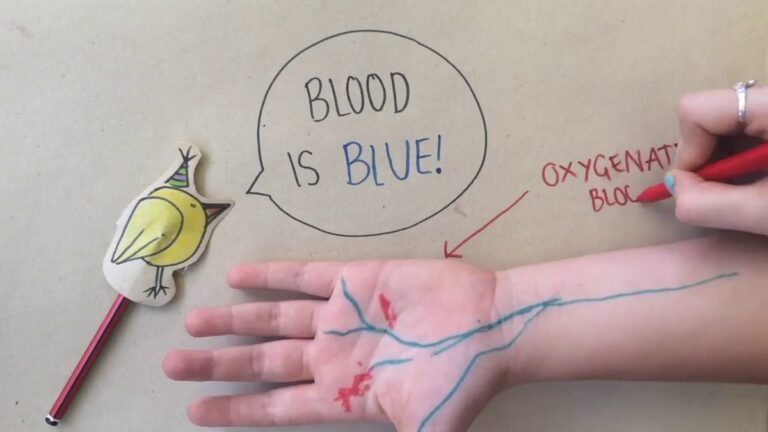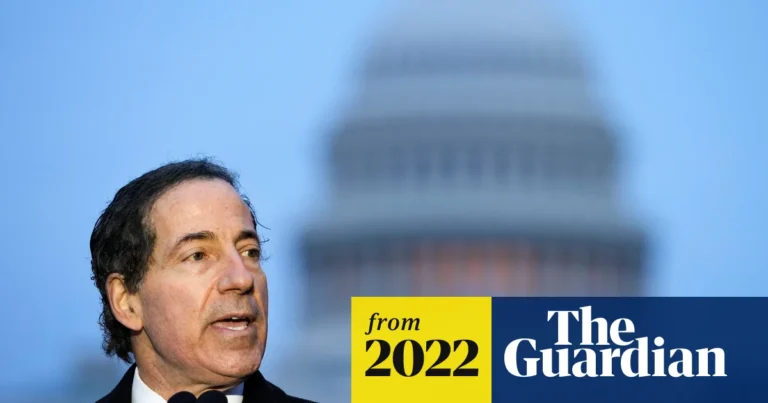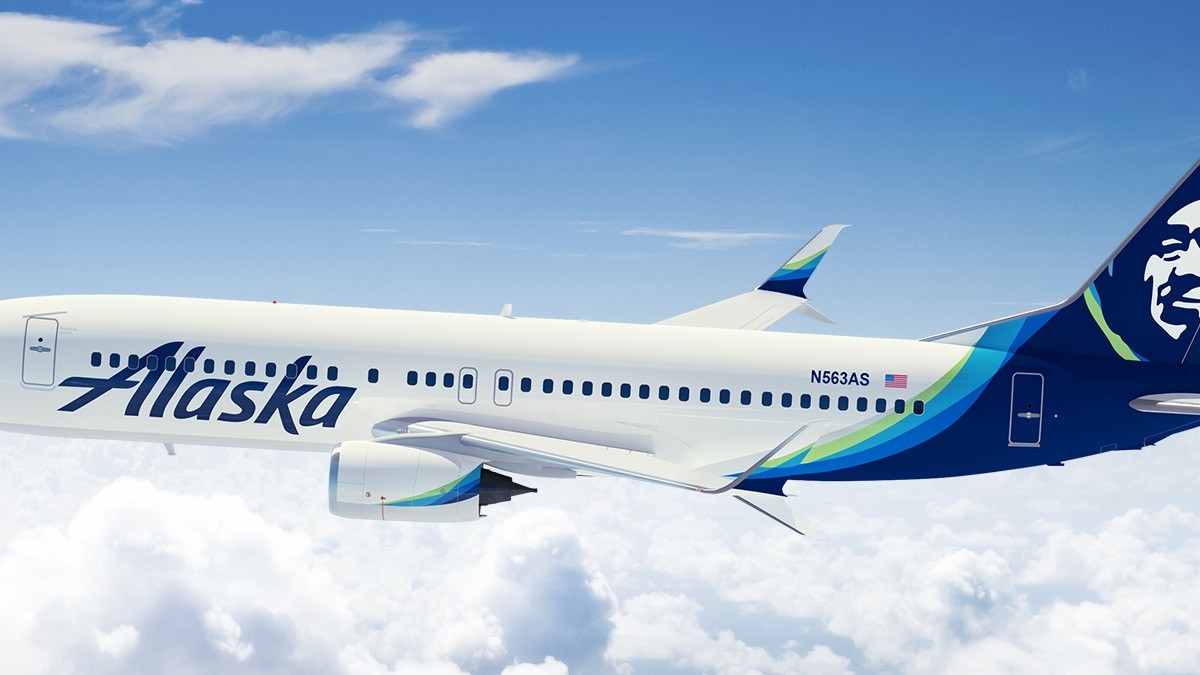
Alaska Airlines Safety Record: Is This Airline Actually as Safe as Everyone Says?
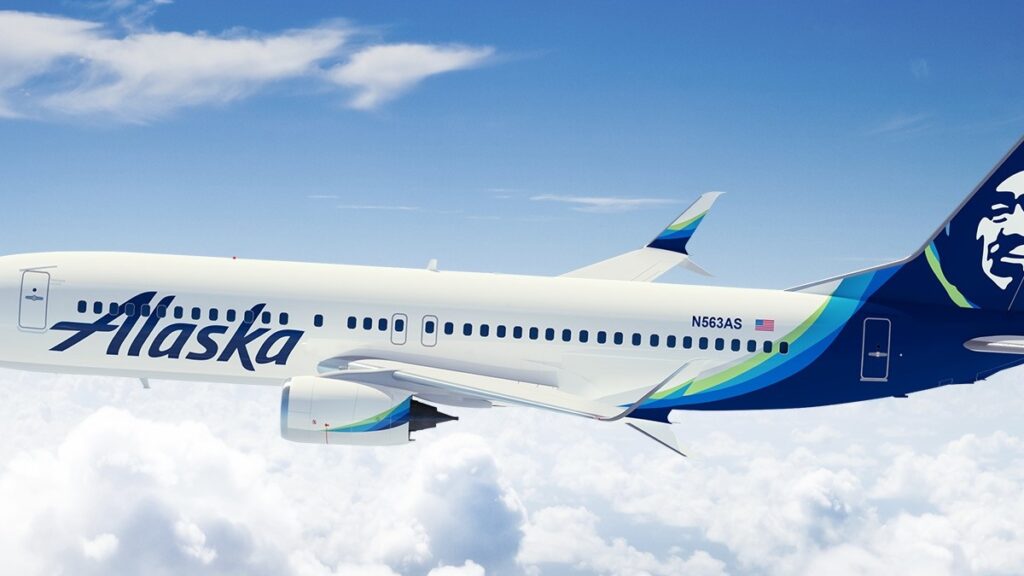
Table of Contents
Intro
A Quick Trip Down Alaska Airlines Memory Lane
What Even Makes an Airline “Safe”?
Alaska’s Safety Ratings & All Those Certifications
Pilot Training: Are These Folks Actually Good?
Planes, Maintenance, and Fleet Stuff
Incidents, Accidents, and the Real Story
How Does Alaska Stack Up Against the Big Dogs?
FAA Oversight—Is Anyone Watching?
COVID & Health Safety Vibes
What Are Actual Passengers Saying?
Awards: Trophies for Safety
Sustainability + Safety: Do They Care About the Planet?
The Culture: What Employees and Experts Spill
Media, Rumors, and What People Think
Alaska Airlines in 2025 and Beyond
So… Should You Trust Them?
- Intro
Let’s get real: When you’re booking a flight, you wanna know you’ll actually land safe and sound, right? Whether you fly all the time or you’re just thinking about leaving your couch for the first time in ages, knowing if your airline’s got a good safety record is kinda important. Alaska Airlines—yeah, that one with the Eskimo on the tail—gets a lot of hype for being super safe. But is it all marketing fluff, or are they actually rock solid?
https://www.airlineratings.com/articles/the-worlds-safest-airlines-for-2025
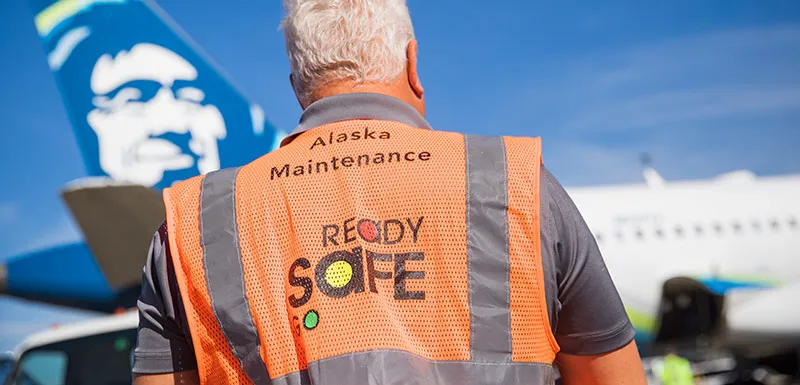
Time to dig in. I’m talking about their safety record, how they train their people, how they keep those planes running, what real passengers say, and whether or not you should trust them with your precious self. Buckle up.
- A Quick Trip Down Alaska Airlines Memory Lane
Look, before we judge, let’s check their receipts.
How It Started
1932: Just some scrappy bush pilots flying around Alaska as McGee Airways.
1944: They went “official” as Alaska Airlines, spreading out across the state.
Fast forward, suddenly they’re hitting up Seattle, Portland, LA, San Francisco. Big glow-up.
The Big Expansion
Bought Virgin America in 2016, which was kind of a Big Deal.
Now? Over a thousand flights a day, 115+ destinations.
People love ’em for being on time and actually treating passengers like humans.
Safety: The Main Character
Even as they blew up in size, Alaska kept dumping cash into new tech, pilot training, and maintenance. Not just for looks—safety’s in their DNA.
- What Even Makes an Airline “Safe”?
Okay, let’s not get lost in the weeds. What are we actually looking for here?
The Usual Stuff:
- Fatal accidents per million flights (the lower, the better, obviously)
- Following FAA rules (so the government doesn’t lose its mind)
- Good maintenance record (no duct tape, please)
- Pilots who know what the heck they’re doing
- Third-party safety ratings (like AirlineRatings.com and JACDEC)
- Not injuring passengers (always a plus)
- Fixing stuff when the FAA tells them to, and not two years later
- Alaska’s Safety Ratings & All Those Certifications
FAA Gold Star
They’ve got a squeaky-clean FAA record. Regular check-ups, no major drama.

AirlineRatings.com
Full marks: 7 out of 7 for safety.
They’re not just good for a US airline—this is global top-10 material most years.
JACDEC
Consistently in their “top 20 safest airlines” club. Not too shabby.
IOSA
That’s the IATA stamp of approval—basically, a big deal in the airline nerd world.
- Pilot Training: Are These Folks Actually Good?
You want pilots with more than just a cool hat.
The Requirements
- First officers need at least 1,500 hours in the air (not just playing Flight Simulator at home)
- Simulator training every 6–12 months—so they don’t forget how to land if things get spicy
- Regular “Oh crap, what now?” scenario training
Cabin Crew
- Not just handing out pretzels. They train for fire, medical drama, getting everyone out in a hurry, and security stuff
- Have to do annual “refresher” courses
Safety Culture
- Open reporting—if something’s off, they’re encouraged to say so (ASAP program)
- Crew Resource Management—translation: the pilots and crew actually talk to each other
- Planes, Maintenance, and Fleet Stuff
Fleet Choices
- Boeing 737s and Embraer 175s. No ancient relics here.
- Average age: just over 9 years—pretty fresh in airline years
Maintenance
- All work done at FAA-approved shops
- They use predictive tech to spot problems before they turn into disasters
- Daily checks, plus big, deep inspections on the reg (they call ’em A, B, C, D checks, like it’s a report card)
- Incidents, Accidents, and the Real Story
The Bad
- Alaska Airlines Flight 261 in 2000. Total nightmare: a jackscrew failure took down the plane.
- After that, they went all-in on fixing maintenance and safety checks.
The Good
- Since 2000? Not a single fatal crash.
- Beefed up maintenance, adopted every NTSB suggestion like the teacher’s pet they needed to be.
- How Does Alaska Stack Up Against the Big Dogs?
Here’s a peek at the scoreboard (not boring, I promise):
| Airline | Safety Rating | Last Fatal Crash | Avg Fleet Age |
|---|---|---|---|
| Alaska | 7/7 | 2000 | 9.3 years |
| Delta | 7/7 | 1985 | 1 |

